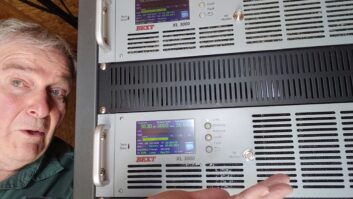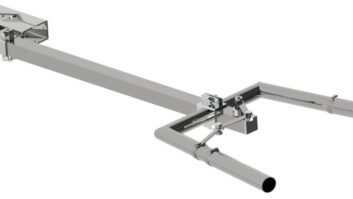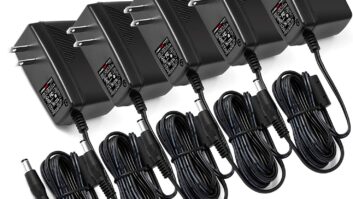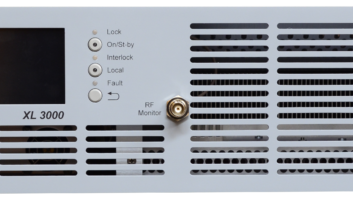BRYAN/COLLEGE STATION, TEXAS — I am the general manager of Bryan Broadcasting, which owns and operates 11 radio stations in Texas.
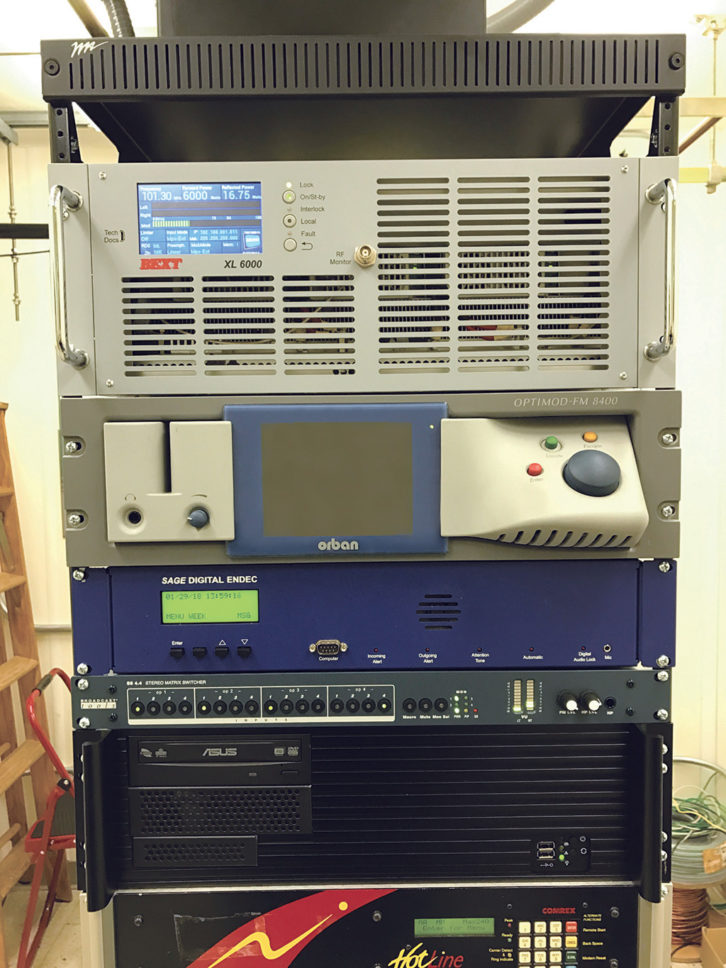
We needed a new FM transmitter for our station KKEE(FM), Bryan/College Station, TX, but had limited space available and we wanted it to be energy-efficient, reliable but not terribly expensive.
At the NAB Show we happened to stop by the Bext booth and saw the Bext XL 6000. We were intrigued by the surprisingly compact size of just four rack spaces high. That amounts to only 7 inches of rack space, and we certainly have never seen before (or after, for that matter) a 6 kW transmitter so compact, and with everything included.
From what we could see in the booth, the unit looked solidly constructed, and we decided to buy it. Because of its remarkable compact size, installation was straightforward. It was fairly easy to take it out of the box thanks also to its relatively limited weight, considering the power level. All we had to do was insert it into a rack cabinet, connect everything and turn it on. The transmitter can be wired for three-phase or single-phase AC power.
Right away we liked the practical access to all functions via a touchscreen on the front or, alternatively, via a web interface. And over time we realized that we made a good investment. Our Bext XL 6000 always operates at its maximum rated power of 6,000 W, is energy-efficient and has never let us down since the first day of operation, going into its third year soon. It has performed exactly as we had hoped.
But I still remember quite the surprise during installation, when our chief engineer turned it on for the initial setup. The transmitter runs so cool that under normal operation the fans don’t run at full speed, and after the initial turn on they gradually slow down. At first we did not know that. So our engineer was certain, after initial run-up, that the transmitter had failed when the fans ramped down. But it turns out that’s the magic trick Bext has implemented to make this transmitter reliable. It runs cool at full power. In our transmitter building, the transmitter case at 6,000 watts is only about 12 degrees above ambient room temperature. The low fan speed is more than sufficient for the very moderate heat the unit generates, and we appreciate that moving a modest amount of air also means less dust would get inside the transmitter.
We also liked the sound quality. The station never sounded better.
And because of its compact size, this transmitter provides a portability that others of such power level do not. If we ever needed to, we could move it from site to site by simply carrying it in the trunk of a car, which is unheard of for a 6,000 W transmitter.
Over time, we had good results with Bext, like when I bought a Bext 500 W unit a few years before and had the same experience with reliability; since then, its RF power output hasn’t varied more than two watts at any point in time.
Although we did not need all of them for the specific XL 6000 unit we purchased at the time, we heard that these Bext XL transmitters may offer a variety of built-in options. They include AES-EBU digital audio input, stereo generator, internal micro SD memory card, RDS encoder, web interface, SNMP interface, audio over IP input, FM receiver card, FSK ID keyer, sync port to inject external frequency reference for booster applications, capability to save multiple stations’ profile settings and probably a few more that I might not remember.
For information, contact Tino Romagnioli or Andrea Hill at Bext in California at 1-619-239-8462 or visit www.bext.com.





